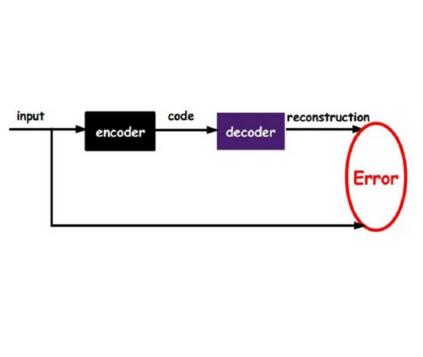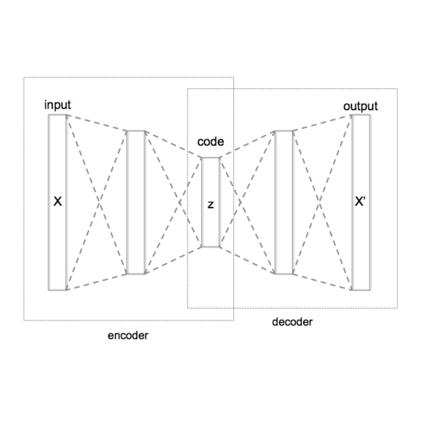The application of deep learning in survival analysis (SA) allows utilizing unstructured and high-dimensional data types uncommon in traditional survival methods. This allows to advance methods in fields such as digital health, predictive maintenance, and churn analysis, but often yields less interpretable and intuitively understandable models due to the black-box character of deep learning-based approaches. We close this gap by proposing 1) a multi-task variational autoencoder (VAE) with survival objective, yielding survival-oriented embeddings, and 2) a novel method HazardWalk that allows to model hazard factors in the original data space. HazardWalk transforms the latent distribution of our autoencoder into areas of maximized/minimized hazard and then uses the decoder to project changes to the original domain. Our procedure is evaluated on a simulated dataset as well as on a dataset of CT imaging data of patients with liver metastases.
翻译:在生存分析中应用深层学习有助于利用传统生存方法中罕见的非结构化和高维数据类型(SA),从而能够推进数字健康、预测维护、以及粗略分析等领域的方法,但由于深层学习方法的黑盒特性,往往产生不易解释和直觉理解的模型。我们缩小了这一差距,建议(1) 建立一个具有生存目标的多塔斯克变异自动编码器(VAE),产生面向生存的嵌入;(2) 一种新颖的方法“危险瓦克”,可以模拟原始数据空间中的危害因素。 DioWalk将我们自动电解码器的潜在分布转换为最大/最小危险区,然后利用解码器预测原始领域的改变。我们的程序是在模拟数据集和肝脏转移病人的CT成像数据组上进行评估的。





